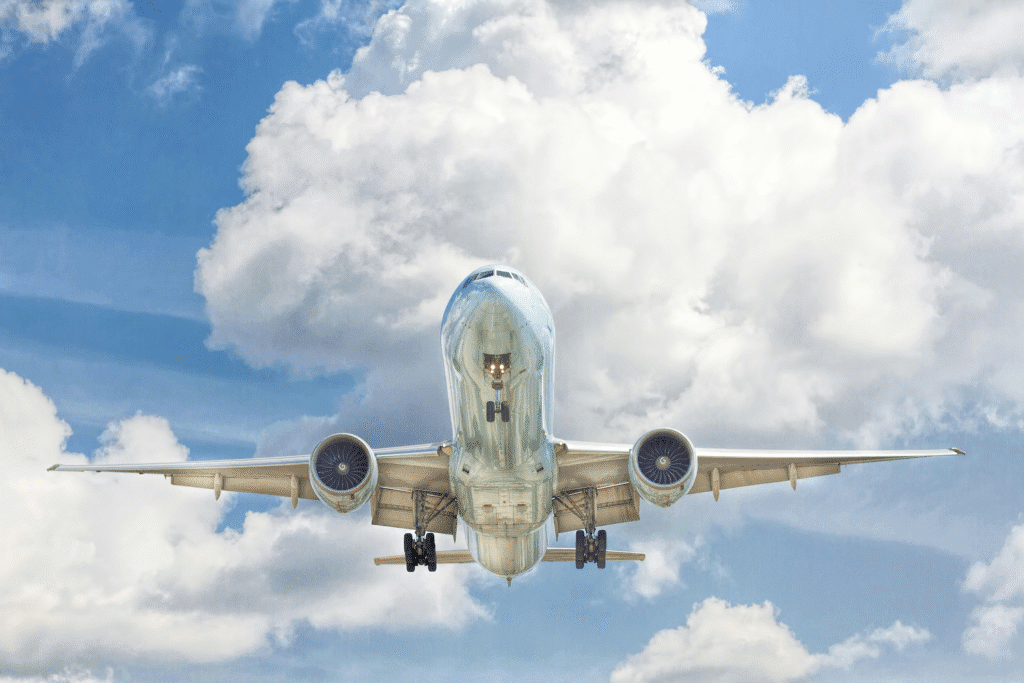oeing has brought in a new leader for its Air Force One program, choosing Steve Sullivan, a former executive from Northrop Grumman, to take charge. According to sources familiar with the matter, Sullivan will replace Gregg Coffey, who is moving to a different position within the company. Sullivan has a strong background in managing important defense projects, including work on the B-21 bomber during his time at Northrop.
The Air Force One program involves modifying two Boeing 747-8 planes into advanced presidential aircraft known as VC-25B jets. These planes will be equipped with high-tech communication and defense systems to ensure the safety and efficiency of the U.S. president’s travels. However, the program has been struggling with delays for nearly ten years, pushing the expected delivery date to 2027—three years later than originally planned.

This leadership change comes at a crucial time for Boeing, which has been working to get the program back on track. Earlier this year, the U.S. military received a 747 jet as a gift from Qatar, and the Air Force is now exploring ways to upgrade it quickly for presidential use. While Boeing has not yet commented on Sullivan’s appointment, industry experts believe his experience will be valuable in overcoming the program’s challenges.
Steve Sullivan’s expertise in managing complex defense projects makes him a strong choice for leading the Air Force One program. His previous work on the B-21 bomber, a next-generation stealth aircraft, demonstrates his ability to handle high-stakes assignments. The B-21 is designed to be a key part of America’s future air defense, and Sullivan’s involvement in its development suggests he has the skills needed to steer the Air Force One project forward.
The delays in the Air Force One program have been a major concern for both Boeing and the U.S. government. Converting commercial planes into specialized presidential aircraft is a complicated process that involves installing secure communications, advanced defense mechanisms, and other custom features. These modifications require precise engineering and rigorous testing, which has contributed to the extended timeline.
Boeing’s decision to bring in a new leader signals its commitment to resolving these issues. The company has faced criticism in recent years over delays and cost overruns in several of its defense programs. By appointing Sullivan, Boeing may be aiming to restore confidence in its ability to deliver on such an important national project.
The U.S. government relies on the Air Force One fleet to transport the president safely and efficiently, both domestically and internationally. The current planes, VC-25A models based on the 747-200, have been in service since the 1990s and are due for replacement. The new VC-25B jets are expected to offer improved technology, better fuel efficiency, and enhanced security features.
While Boeing works on the new Air Force One planes, the military is also considering alternative options. The recent acquisition of a 747 from Qatar has opened up new possibilities. The Air Force is evaluating whether this aircraft can be modified quickly to serve as a temporary or additional presidential transport. However, experts say that even if this plane is upgraded, it would likely serve as a backup rather than a primary Air Force One.
The challenges facing the Air Force One program highlight the complexities of modern defense projects. Building and modifying aircraft for presidential use involves coordination between multiple government agencies, defense contractors, and aviation experts. Any delays or technical difficulties can have significant consequences, which is why Boeing’s leadership changes are closely watched.
Steve Sullivan’s appointment is seen as a positive step toward getting the program back on schedule. His background in managing large-scale defense initiatives suggests he has the experience needed to address the technical and logistical hurdles. If successful, his leadership could help Boeing meet its revised 2027 delivery target and ensure the next generation of Air Force One planes is ready for service.
The Air Force One program is not just about building new planes—it’s about maintaining the safety and functionality of one of the most recognizable symbols of U.S. leadership. The president’s aircraft must be equipped to handle emergencies, secure communications, and long-distance travel without compromising security. This requires constant innovation and careful planning, which is why Boeing’s efforts to strengthen the program’s leadership are so important.
As Boeing moves forward under Sullivan’s guidance, the aviation and defense industries will be watching closely. The successful completion of the Air Force One program will not only benefit the U.S. government but also reinforce Boeing’s reputation as a leader in aerospace technology. For now, the focus remains on overcoming delays and ensuring that the new presidential aircraft meet the highest standards of safety and performance.


